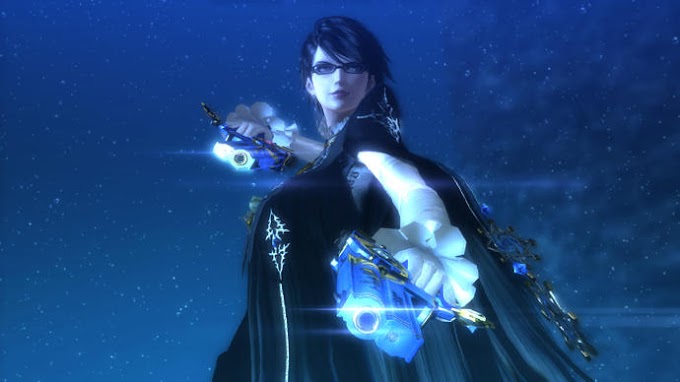It is tempting to see the two games in the context of one another, because they make for such an arresting contrast. They have the same plot: warrior enters cave, fights monsters, plunges deeper. In almost every other way they are opposites. Below's hero descends into the depths; Grindstone's fights his way upward. Below is slow, dark, chilly and withholding. It has an air of mysterious self-importance. Grindstone is immediate, colourful, and revels in excess and snub-nosed rudeness. Its monsters are called creeps, slobs and jerks, and our barbarian hero Jorj chops them up into little fatty chunks as he slices a path through them.
There's another game from Capy's past that is more relevant here, though. In fact, there are two. The studio made its name in 2008 with a fine puzzler called Critter Crunch, an early hit on iPhone, so joining Arcade's launch line-up is a kind of homecoming. And it followed that game up with Might & Magic: Clash of Heroes, a brilliantly executed mash-up of match-three puzzler and tactical role-playing game that is spoken of in reverent tones here at Eurogamer.
Grindstone is a game in the Clash of Heroes tradition. It is a pure joy to find Capy rediscovering its gift for combative puzzle game design in another work of stunning economy and lasting depth.
A quick comic-strip intro wordlessly tells the game's whole story: Jorj is a bounty hunter who brought his family to Grindstone Mountain on the false promise of a better life. Now he resignedly kills creeps for cash for an armless man smoking a cheroot in a portakabin. Hi ho, it's off to the slaughter mines we go. (Capy ex-boss Nathan Vella once told me that he'd come to see Below's tortuous, blind exploration as a metaphor for its own making. Is Grindstone a satirical dig at the making of Below?)

The longer you play the game, the more elaborations for this system reveal themselves, from gear that allows you to break the rules to your advantage to cunning new enemy designs with attack patterns to pick your way around. When things get tough, you may need to go back and grind earlier levels for cash and materials, but this is made a pleasure by cleverly designed meta-challenges, that exquisite risk/reward balance and the ever-present lure of longer and longer chains.
It's Grindstone's simple gameplay loop, though, that makes it so irresistible. Carefully pick out the longest path possible for Jorj, hit go, and watch the glorious payoff as he winds up an exponential frenzy of splattering sound effects and crunchy hit-pauses. The longer the chain, the faster he goes, the louder it gets, the better it feels.
The animation, audio and artwork are all first-rate: pungent, juicy and malevolently silly. The cleverest smartphone puzzle games seem to have settled on a uniform, non-threatening, smart-casual aesthetic - the faintly twee minimalism of the likes Threes and Twofold Inc. (a personal favourite, and surely an inspiration here). I'm not knocking it, but I love Capy for going for something that's so much more flavourful and flippant. It makes the game more fun.
In terms of quality and variety, the launch line-up of games for Apple Arcade has been unimpeachable, and Grindstone is the jewel in the crown. It is a game that, for me, will justify the subscription alone for months, the definition of a killer app. It's a talented studio returning to something it does better than anyone else. It's an instant classic.





0 Comments